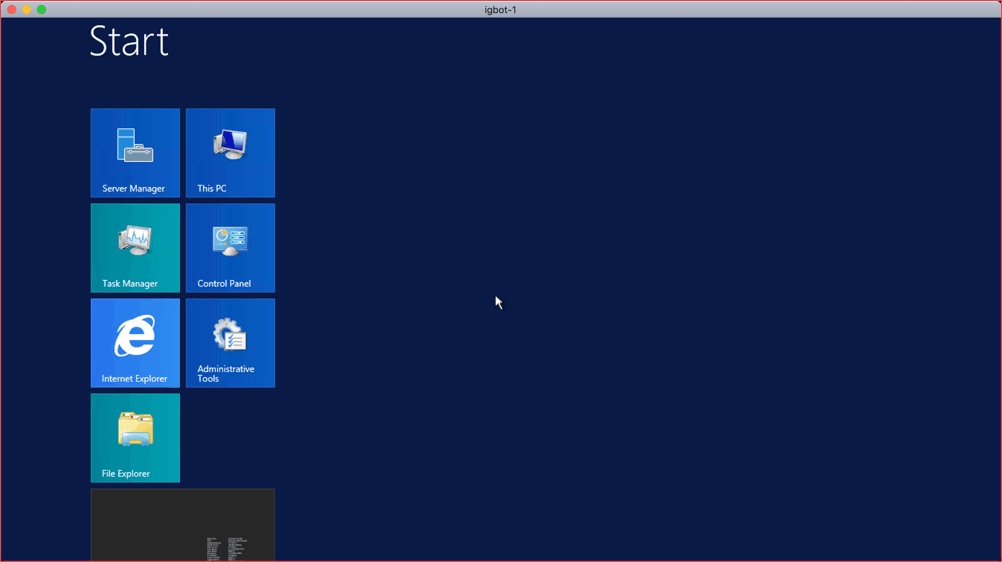


Windows Server 2016/2019/2022 all utilize per-core licensing the cost of the license associated with a physical server depends on the number of cores in the server. In terms of licensing costs, it will depend on the hardware you're using. This is where you determine whether the applications you are running will benefit best from either (1) an in-place upgrade of the operating system or (2) building a new server with the required server operating system and doing a software migration. The licensing covers the legal aspects of the software-usage.įrom a practical, technical side of things, which involves actually working with a server (physical or virtual), you should evaluate whether or not your existing platform is sufficient for the version of Windows Server you want to install, and deal with accordingly. Windows Server 2012 Essentials was available November 1, 2012.I think the issue is that you're confusing the technical with the non-technical.įrom a licensing perspective, which in no way impacts the practical, technical side of things, you should purchase new Windows Server 2022 licenses and associated Windows Server User OR Device CALs. Windows Server 2012 Essentials beta can be downloaded here. You can download the release candidate of Windows Server 2012 here and test it out. More details about licensing can be found in this PDF. At a license of $425, this is definitely steeper than Home Server’s less than $100 price tag. This also might be the closest version users can get if they’re looking for a Home Server replacement. This sets up all of the services required for domain operation from the ground up.Īs it is, it’s geared to no more than 25 users (though I have seen details say 50). The First startup forces you into a wizard that either creates or migrates a domain. It’s not quite clear why this was included, until I realized – this is probably for Remote Desktop compatibility. This is an interesting choice on the server because it comes with zero applications pre installed and a simple link to the store. When booting up 2012 Essentials, you’re greeted with the Windows 8 Metro interface (I’m going to stick with that naming – everyone knows what Metro means). Now, Microsoft seems to have done away with all that in favor of online and cloud-based services. But, gone are the versions of Small Business Server that included Exchange, Sharepoint and other stripped down versions of these staples (Looks like you have to go back to “Small Business Server 2011 Standard” to find that). Essentials appears to be the version of Windows Server that replaces Small Business Server.


 0 kommentar(er)
0 kommentar(er)
